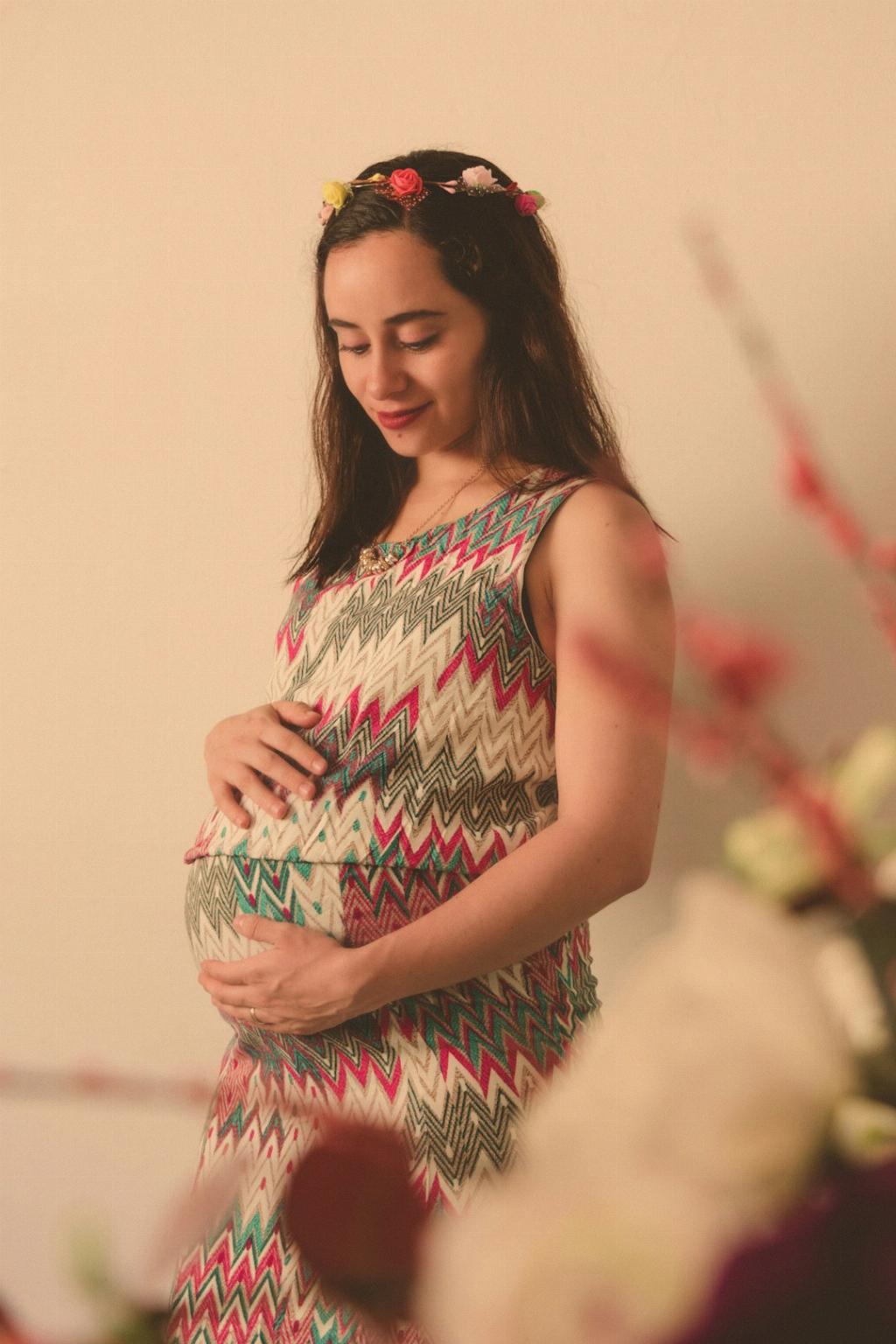When it comes to childbirth, a Cesarean section, commonly known as C-section, may sometimes be necessary due to various reasons. One particular type of C-section is a vertical incision, which is less common compared to the transverse incision. So, why would medical professionals opt for a vertical C-section?
One of the primary reasons for performing a vertical C-section is when the baby is positioned in a way that makes a transverse incision difficult or unsafe. For instance, if the baby is in a breech position or is sideways, a vertical incision may be necessary for a safe delivery.
Another factor that could lead to a vertical C-section is the location of the placenta. In cases where the placenta is situated in the lower front of the uterus, a vertical incision may provide better access for the safe delivery of the baby.
Furthermore, certain abnormalities of the uterus, such as structural issues or previous surgeries, may also require a vertical incision during a C-section. These abnormalities can sometimes make a transverse incision challenging or risky, necessitating a vertical approach.
It is essential to understand that each pregnancy and childbirth is unique, and the decision to perform a vertical C-section is made based on the specific circumstances of the mother and baby. The primary goal is always to ensure the safety and well-being of both the mother and the baby during the delivery process.
Despite being less common than a transverse incision, a vertical C-section can be a safe and effective method for delivering a baby when certain factors come into play. Medical professionals carefully assess the situation and make the best decision to optimize the outcome for both the mother and the baby.
Vertical C-sections are typically performed with precision and speed to minimize any potential risks or complications during the delivery. Once the uterus is opened, the baby is usually delivered within seconds to ensure a swift and smooth process.
While a vertical C-section may deviate from the more traditional transverse approach, it is important to trust the expertise of healthcare providers in determining the most appropriate method for each individual case. Their experience and knowledge play a crucial role in ensuring a successful and safe delivery for both the mother and the baby.
In conclusion, a vertical C-section may be necessary in specific situations where a transverse incision is not feasible or poses risks to the mother or baby. Factors such as the baby’s positioning, placenta location, and uterine abnormalities can influence the decision to perform a vertical incision. Trusting the expertise of medical professionals is key in ensuring a successful outcome for both mother and baby during childbirth.

